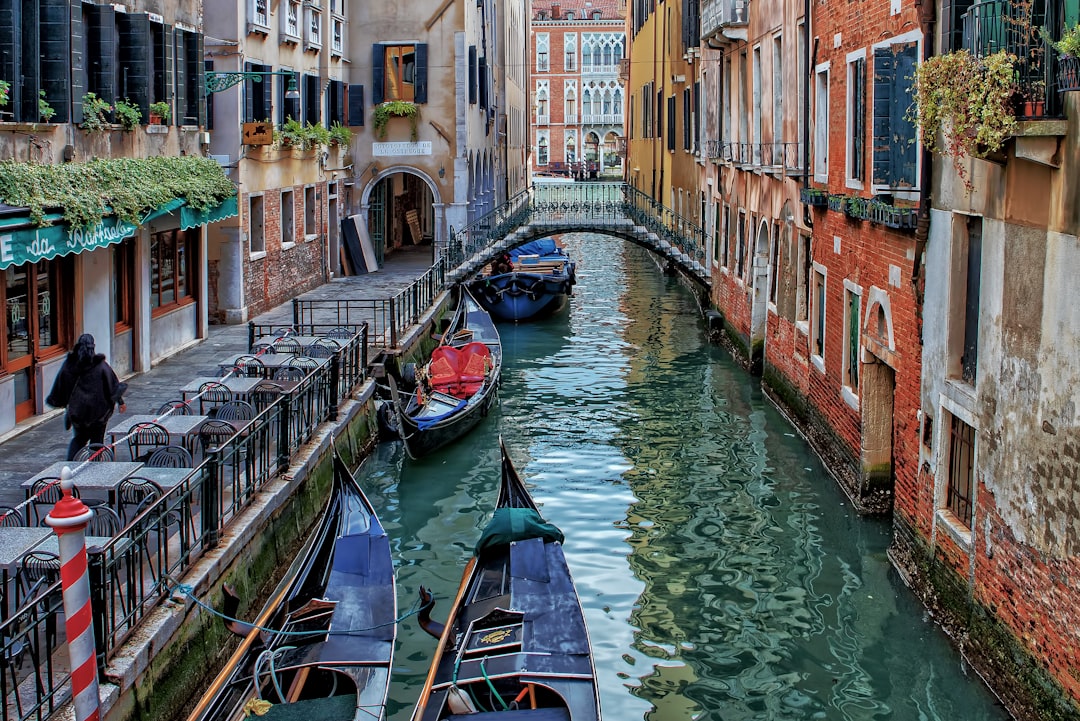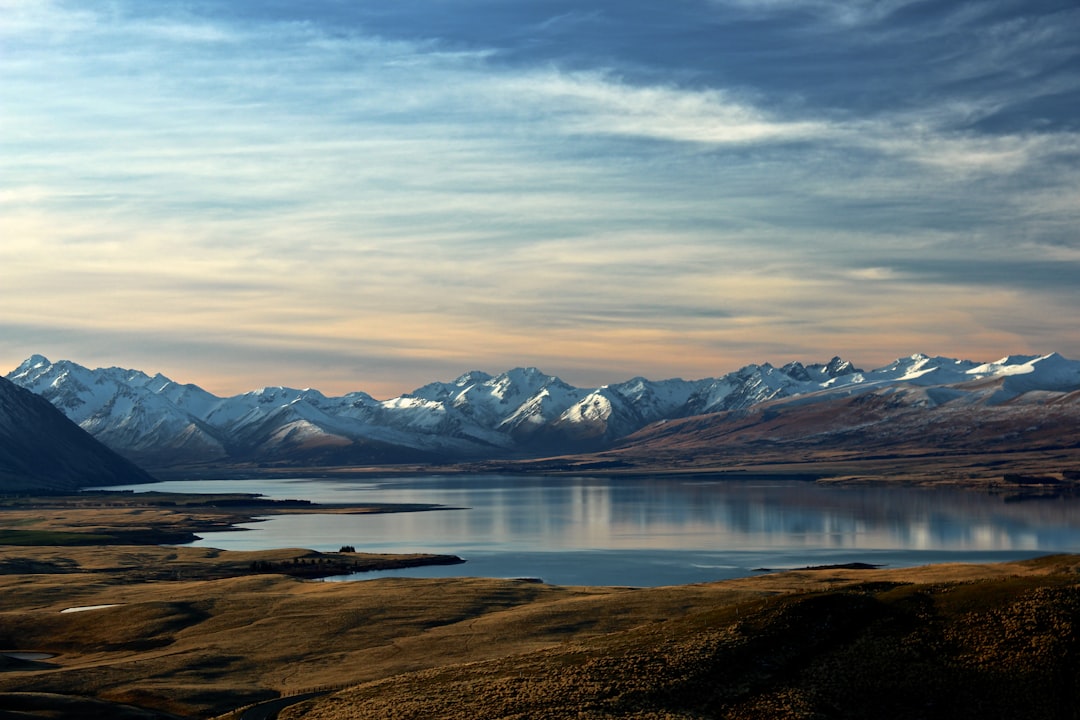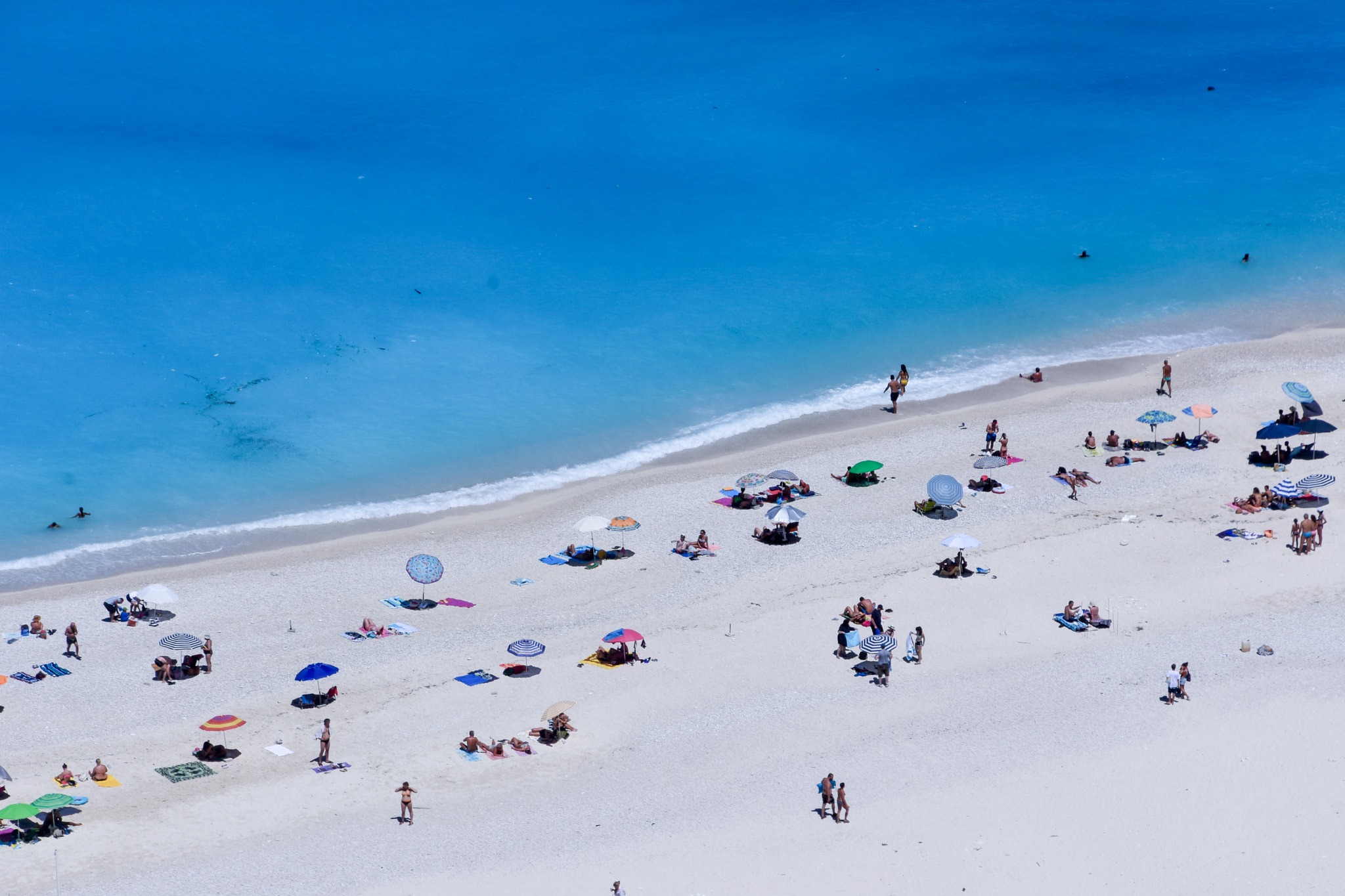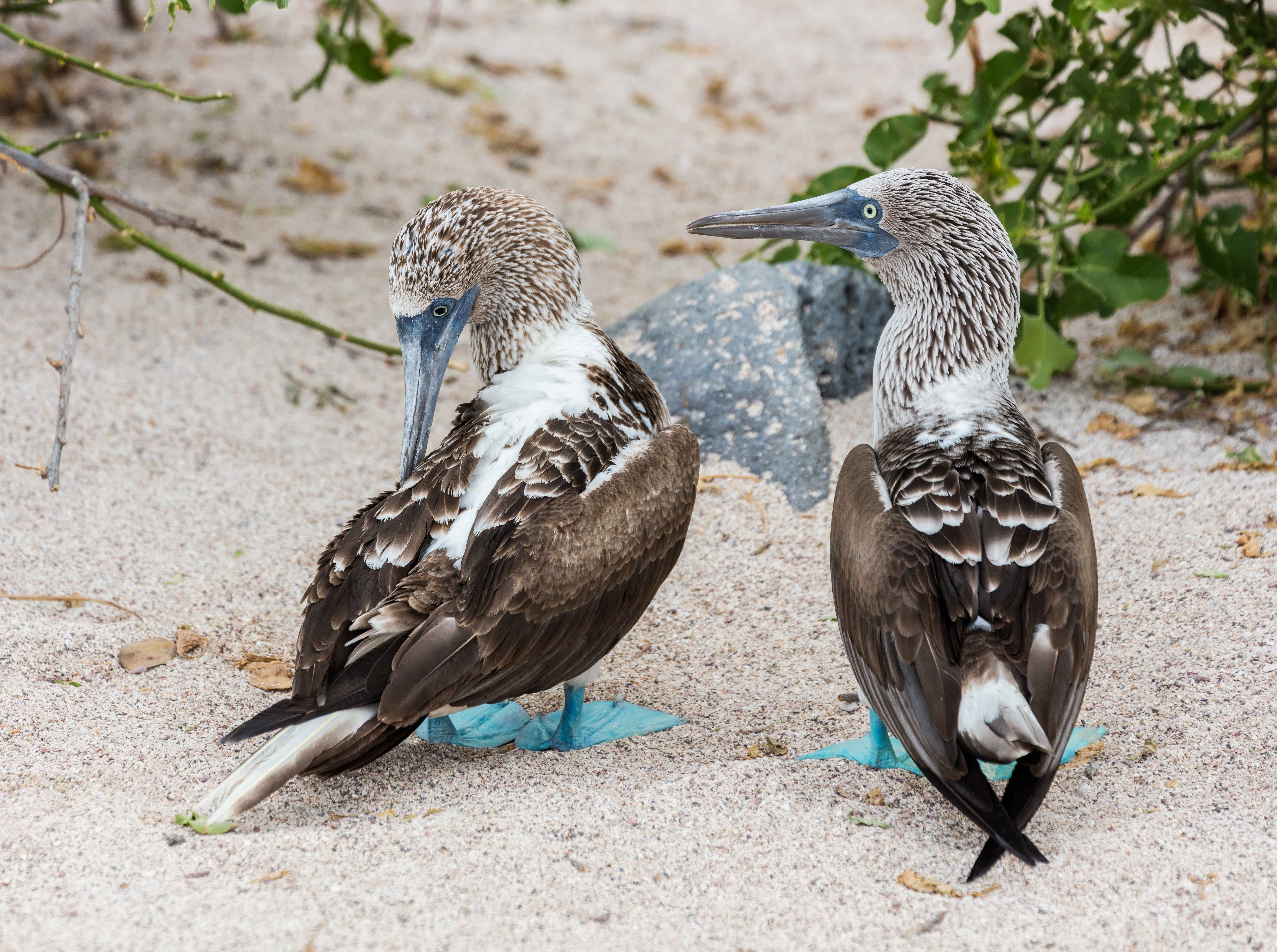1. Bhutan: Environmental Strains Prompt Drastic Limits

Bhutan, the tiny Himalayan kingdom known for its “high-value, low-impact” tourism policy, has recently signaled intentions to restrict foreign arrivals even further. In September 2023, Bhutan’s government raised its Sustainable Development Fee for tourists to $200 per day, up from $65, to control visitor numbers and protect fragile ecosystems. Official data from the Bhutan Tourism Council shows a 90% drop in arrivals since implementing the new fee. According to the World Wildlife Fund, Bhutan’s unique biodiversity faces threats from unchecked tourism, climate change, and increased waste. Officials have publicly floated the possibility of capping annual visitor numbers or temporarily suspending tourism during peak months to allow natural recovery. Recently, Bhutanese Prime Minister Tshering Tobgay stated that “preserving our culture and environment comes before economic gain.” Local tour operators have also reported increased scrutiny and stricter permit processes since early 2024, fueling speculation of an impending closure or severe restrictions.
2. Japan: Overtourism in Historic Hotspots

Japan’s most popular destinations, such as Kyoto and Mt. Fuji, are experiencing unprecedented overtourism. Kyoto reported 87% of its pre-pandemic visitor numbers in 2024, straining infrastructure and sparking backlash from residents who complain of noise, litter, and disrespectful behavior. In April 2024, authorities in Fujikawaguchiko erected large screens to block views of Mt. Fuji from a popular photo spot, following viral videos of crowds ignoring local rules. The city of Kamakura has introduced steep fines for tourists eating while walking, and several districts in Kyoto have considered restricting foreign visitors during cherry blossom season. The Japanese Ministry of Land, Infrastructure, Transport and Tourism announced in March 2025 that it is reviewing “drastic measures,” including seasonal closures and daily caps, especially for international travelers. A survey by Nikkei Asia shows that 62% of Kyoto residents support “temporary bans” on tourists.
3. Venice, Italy: Drastic Entry Controls and Daily Fees

Venice has long battled with overwhelming tourist numbers, recording 20 million visitors in 2023 compared to a local population of just 49,000. In April 2024, Venice became the first city in the world to introduce a mandatory €5 entry fee for day-trippers, initially on high-traffic days, with plans to expand the scheme. City authorities have stated that if the fee does not reduce numbers, full closures of key areas like St. Mark’s Square and the Rialto Bridge may be implemented during peak periods. UNESCO threatened in July 2023 to put Venice on its endangered heritage list unless urgent action was taken. Recent city council minutes reveal proposals for “no-go zones” for tourists, enforced through electronic turnstiles. Local advocacy groups have warned that the city’s infrastructure could “collapse” if visitors are not strictly controlled, especially as water levels rise and pollution increases.
4. Iceland: Nature at a Breaking Point

Iceland’s stunning landscapes attract over 2.3 million tourists annually—seven times its population. Data from the Icelandic Tourist Board shows a 35% rise in visitor numbers between 2022 and 2024, putting severe stress on natural sites like the Blue Lagoon and Thingvellir National Park. In January 2025, the Ministry for the Environment proposed temporary closures of key sites to allow for environmental recovery after reports of severe soil erosion and wildlife disturbance. The government is considering quota systems and even seasonal shutdowns, with the Minister of Tourism stating, “If we do not act now, we will lose what makes Iceland unique.” The local tourism association has documented “irreversible damage” to moss fields and hot springs. The ongoing eruption of the Reykjanes Peninsula has led to repeated closures of hiking trails, foreshadowing possible nationwide restrictions if the situation worsens.
5. New Zealand: Tightening Biosecurity and Visitor Quotas

New Zealand’s government has announced plans to limit visitors to iconic spots such as Milford Sound and Tongariro National Park beginning in late 2025. In March 2024, Tourism Minister Peeni Henare cited “unmanageable pressure” on natural resources as justification for the new limits. The Department of Conservation recently revealed that over 4 million tourists visited national parks in 2023, leading to a 28% rise in reported wildlife disturbances and biosecurity breaches. New Zealand’s strict biosecurity laws are also being tightened, with new entry screening measures rolled out in April 2025. The government is considering implementing an annual “visitor cap” on international tourists, a move supported by 70% of Kiwis in a recent Colmar Brunton poll. Local iwi (Maori tribes) have called for temporary closures of sacred sites, arguing that “the land needs to breathe.”
6. Greece: Islands Under Siege

Santorini, Mykonos, and other Greek islands have reported record crowds since the end of pandemic restrictions, with 33 million international arrivals in 2023 alone, according to the Hellenic Statistical Authority. In May 2024, the Greek government announced emergency measures including daily visitor caps for Santorini’s caldera and restrictions on cruise ship arrivals. The island of Rhodes declared a “tourism emergency” in July 2024 after wildfires forced thousands of evacuations, many of them foreign tourists. The Minister of Tourism stated in April 2025 that “if crowds and climate risks escalate, we will have no choice but to close some destinations, even if temporarily.” Reports from the Greek National Tourism Organization highlight severe water shortages on several islands, with local residents protesting the prioritization of tourists over their own needs. New zoning laws being debated in parliament could pave the way for temporary bans in the most overcrowded areas.
7. The Galápagos Islands, Ecuador: Endangered Wildlife at Risk

The Galápagos Islands, a UNESCO World Heritage site, are home to unique wildlife found nowhere else. In 2023, the islands received a record 275,000 visitors, up 12% from the previous year, according to the Galápagos National Park Directorate. Park authorities reported a spike in illegal fishing and plastic pollution directly linked to tourism activity. In February 2025, Ecuador’s President announced that the government is reviewing strict new quotas on visitor numbers, with possible “off-limits” periods during breeding seasons for endangered species. Conservationists have called for a complete closure of certain islands, citing a 15% decline in native bird populations since 2022. The Galápagos National Park has begun trialing a permit lottery system and increased ranger patrols, signaling a move towards even tighter controls or outright closures if trends continue.
8. Canada: Indigenous Lands Demand Respect

Canada’s Indigenous communities are increasingly asserting their right to regulate tourism on traditional territories. In October 2024, the Haida Nation in British Columbia closed large portions of Haida Gwaii to non-Indigenous visitors, citing overfishing and disrespectful behavior. Parks Canada confirmed that 18 Indigenous-led closures have occurred across the country since 2022, affecting access to popular parks such as Banff and Jasper. The Assembly of First Nations has called for federal legislation granting Indigenous groups veto power over tourism development, with a bill currently under debate in Parliament. In Nunavut, Inuit leaders are considering a moratorium on cruise ships, following a 38% increase in Arctic tourism since 2021. The Canadian government has committed to respecting Indigenous decisions, making future closures likely if environmental or cultural concerns intensify.
9. Thailand: Marine Parks on the Brink

Thailand’s world-famous beaches and marine parks are facing critical environmental threats. Maya Bay, made famous by the movie “The Beach,” was closed for over three years to recover from mass tourism damage and now operates under strict quotas. According to the Thai Department of National Parks, coral bleaching and plastic waste in the Andaman Sea have worsened, with a 60% decline in coral cover since 2018. In March 2025, park officials proposed a full closure of the Similan and Surin Islands during the next high season if current trends persist. The Ministry of Tourism has reported that visitor numbers to marine parks exceeded ecological carrying capacity by 40% in 2024. Local conservation groups are pressuring the government for season-long shutdowns, warning that “irreversible loss” is imminent without decisive action.
10. Madagascar: Biodiversity Crisis Spurs Emergency Measures

Madagascar, renowned for its unique flora and fauna, saw 420,000 international visitors in 2024, according to the Ministry of Tourism—a 25% increase from the previous year. However, the country’s rainforests and wildlife are under severe threat, with the World Bank reporting that over 80% of Madagascar’s forests have already been lost. In February 2025, Malagasy authorities announced they are considering a moratorium on visits to certain national parks, especially during lemur breeding seasons, after scientists documented a 17% drop in lemur populations since 2022. The Minister of Environment has stated, “Tourism cannot come at the expense of our biodiversity.” Several local NGOs have also documented increased illegal logging and poaching linked to tourism activity. The government is piloting a new digital permit system that could make sudden closures easier to implement.







